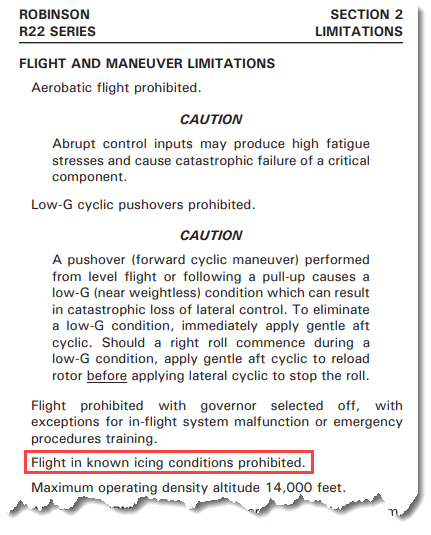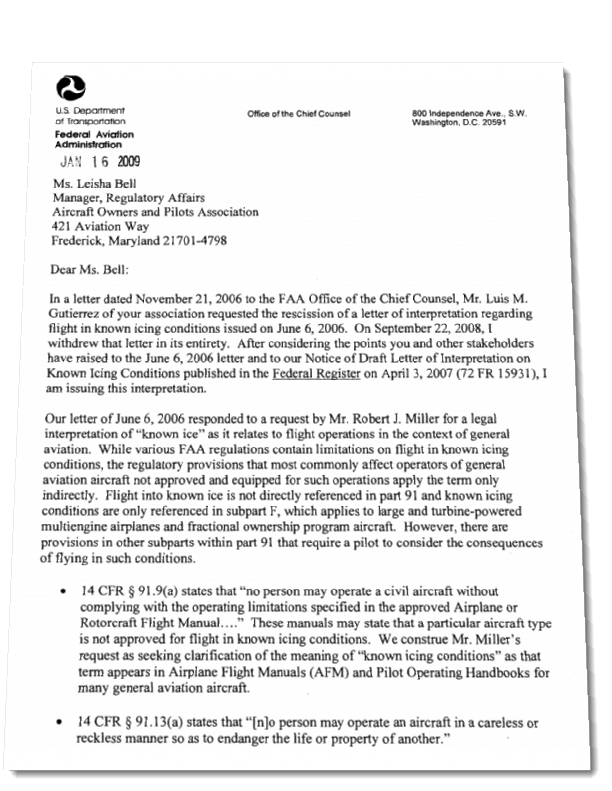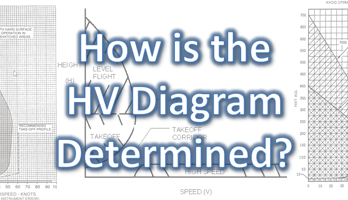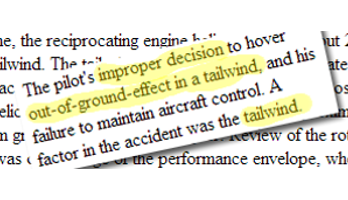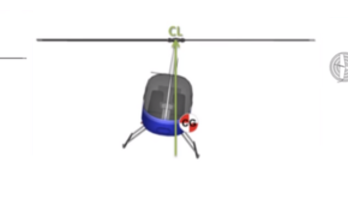The Robinson R22 and R44 Helicopters’ Pilot Operating Handbook (POH) states in the Limitations (Section 2-6):
“Flight in known icing conditions prohibited.”
Robinson R22 POH Section 2-6
Sounds reasonable. Helicopters don’t fly too well with ice on them and light helicopters like the R22 and R44 don’t have any anti-ice or de-ice equipment – unless you count the $2000 optional R44 heated pitot tube kit. But a heated pitot tube isn’t going to help if you have ice forming on the rotor blades.
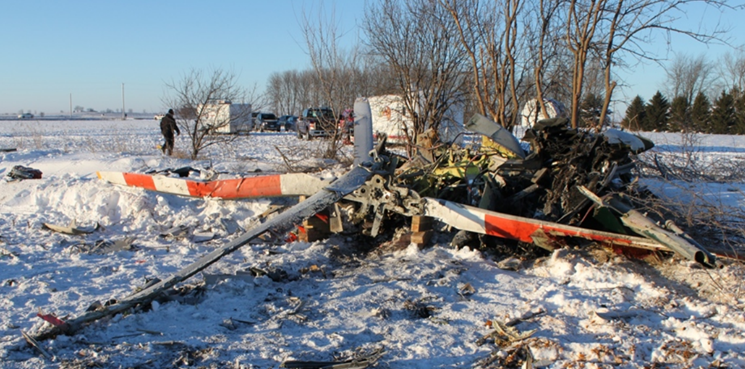
What is Known Icing Conditions?
To comply with the limitation, a reasonable next question might be “well, what is ‘known icing conditions’?” Is it only when icing is explicitly forecast? If so, which forecast? A SIGMET, AIRMET ZULU or CWA? Or maybe something like a CIP/FIP (Current Icing Product / Forecast Icing Product)? Or does it only mean a recent PIREP (Pilot Report) in the area? Or do you have to actually observe icing forming on the aircraft (look to the edges of the windshield, forward tips of the landing skids for first indications) for it to be known icing conditions?
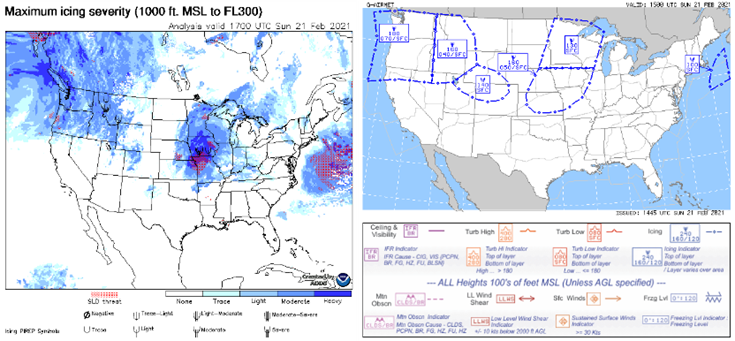
The FAA has gone back and forth a little bit on this. In particular, in 2006 an FAA Letter or Interpretation (which thanks to pressure from AOPA and others has since been withdrawn) stated that known icing conditions would be anytime the temperature was near or below freezing, with visible moisture OR relative high humidity (even without visible moisture!). That last bit meant a lot of aircraft sitting on the ground on cold humid days with no visible moisture in the sky.
Then in 2009 the FAA released a 4 page revised Letter of Interpretation regarding Known Icing Conditions. And now (as of February 2021) the determination of known icing conditions is left up to a ‘reasonable’ pilot’s weather knowledge and use of available weather reports:
“Known icing conditions involve instead circumstances where a reasonable pilot would expect a substantial likelihood of ice formation on the aircraft based upon all information available to the pilot.”
FAA (Bell) 2009 Letter of Interpretation regarding Known Icing Conditions
A little bit subjective and open-ended, with the terms ‘reasonable pilot’ and ‘all information available’. But you get the idea – do some decent preflight planning.
The letter also talks about the types of weather reports a pilot should consider, with mention of incorporating ‘new technology’ as it becomes available. I think it is fair to say, today that would include products like CIP (Current Icing Product) & FIP (Future Icing Product) and GFA (Graphical Forecasts for Aviation) from Aviation Weather Center as well as tools like ForeFlight’s Icing Analysis Layer:
“Pilot’s should also carefully evaluate all of the available metrological information relevant to a proposed flight including applicable surface observations, temperatures aloft, terminal and area forecasts, AIRMETs, SIGMETs, and pilot reports (PIREPs). As new technology becomes available, pilots should incorporate the use of that technology into their decision-making process.”
FAA (Bell) 2009 Letter of Interpretation regarding Known Icing Conditions
The letter then talks about possible FAA violations related to known icing conditions:
“While “known icing conditions” are not defined by regulation, the term has been used in legal proceedings involving violations of FAA safety regulations that relate to in-flight icing…”
FAA (Bell) 2009 Letter of Interpretation regarding Known Icing Conditions
“…In determining whether enforcement action is warranted, the FAA will evaluate those actions taken by the pilot (including both pre-flight actions and those taken during the flight) to determine if the pilot’s actions were, in fact, reasonable in light of 91.9(a), 91.13(a) and 91.103.”
The regulations mentioned that might be used for FAA violations are:
- 91.9(a) – complying with the aircraft limitations (“No flight in known icing conditions”, etc.)
- 91.13(a) – the open-ended careless or reckless operation regulation
- 91.103 – preflight action (being familiar with all available information…weather etc..)
It also mentions not only assessing a pilot’s preflight actions, but also those actions taken during the flight – in other words, did you have an icing exit strategy and follow it?
Summary
- There is no legal definition of ‘known icing conditions’
- You need to act like a ‘reasonable‘ pilot during pre-flight planning and during a flight
- Use all available weather reports, including ‘new tech’ like CIP/FIP & ForeFlight Icing Analysis Layer
- Have (and use if needed) a Plan B for encountering icing conditions
- Else you can be violated (under 91.9, 91.13 & 91.103)
- Above all, remember, you are flying a helicopter – Land and LIVE.
More Info
- The FAA (Bell) 2009 Letter of Interpretation on Known Icing Conditions
- Aviation Weather Center’s Icing Products
- ForeFlight’s Icing Analysis Layer Tool
- NASA’s A Pilot’s Guide to In-Flight Icing
- AC 91-74B – Pilot Guide: Flight In Icing Conditions
Feedback
Have any thoughts on this? Please let us know using the feedback form below:



